|
About a year ago, I picked up a Skywatcher 100ED: a "slow" (F/9) 100mm refractor. I haven't written much this year, but wow: suffice it to say, I rarely use any other telescope (and when I do, I come away disappointed). The refractor cools down quickly, throws up wonderful views, and most importantly: never gives less than optimal performance. The only drawback is the length of the tube, which makes it harder to transport and heavier to mount. This past spring, I was lucky enough to design and teach a dream course: "Mars and the Moon in science, science fiction, and society." I asked my students to join me one night to look at the moon through three telescopes: my 100ED, my older AR 102, and a colleague's beautiful, homemade reflector. Students were to find a feature on the Moon and then write about its history: not only how it was created by natural forces, but how it's been perceived, explored, and imagined by people. The night was a smash hit: lots of amazed expressions, and later, plenty of great essays. Of the three telescopes, the AR 102 was clearly a notch below - and its focuser gave us plenty of problems. This summer, Mars reached a very favorable opposition, not long after I wrote about it for the book I'm working on. When I lugged out my C8 to have a look - at around 4 AM! - it instantly (and I mean instantly) fogged over. There is nothing worse than waking up early, walking with 40 pounds for 15 minutes . . . and then having to turn right back immediately after setting up your telescope. From then on, it was all refractor, all the time. Using the 100ED, Mars typically looked like an angry orange ball, shimmering and sometimes boiling near the horizon. Yet now and then I caught fleeting and often uncertain glimpses of what I supposed to be the planet's famed dark streaks and splashes, including - I thought - Syrtis Major. I might even have made out a polar ice cap. My goal for the summer had been to see these sights with no ambiguity at all, so I came away a little disappointed. Mars is hard when it's so near the horizon. Maybe the view will be clearer in 2020 . . . and maybe I'll have even better gear then. One thing is certain: the 100ED is a wonderful lunar telescope. Things never looked so sharp through the C8, nor did the hues include such subtle gradations of grey. I've also never seen Saturn look as good as it did through the 100ED. The Cassini Division neatly divided the rings, and the color was a wonderful, very pale shade of yellow. Glorious. After one night of rooftop observing, I saw something I didn't expect: a brilliant green meteor - or meteorite? - flaming through the sky. Given that we live in Washington, DC - and given the present state of geopolitics - I was momentarily alarmed. But what a sight! Come winter, I wanted to try my hand at something that never really interested me before: multiple star systems. The prospect of seeing a couple stars next to each other never really did it for me, but then few deep space objects are easier to observe from the city. My primary target was Gamma Andromedae, also known as Almach, an apparent double (we now know it's a triple) star system with wonderfully contrasting colors. With Almach riding high in the sky, I had a look one frigid evening. Immediately, I got it: there was something about seeing two incredibly different stars next to each other that's just so beautiful, especially through a refractor. And it sparks the imagination to think about the view from an orbiting planet. Lately, my two-year-old daughter has become ever more interested in astronomy. She loves looking at planets and galaxies in the books I have lying around, she's learned the phases of the Moon, and she's decided on a favorite planet: Jupiter. She's even insisted on having a picture of Jupiter on her bedroom wall! Maybe, in a year or two, we'll have a chance to look through a telescope together.
1 Comment
|
Archives
March 2024
Categories
All
|

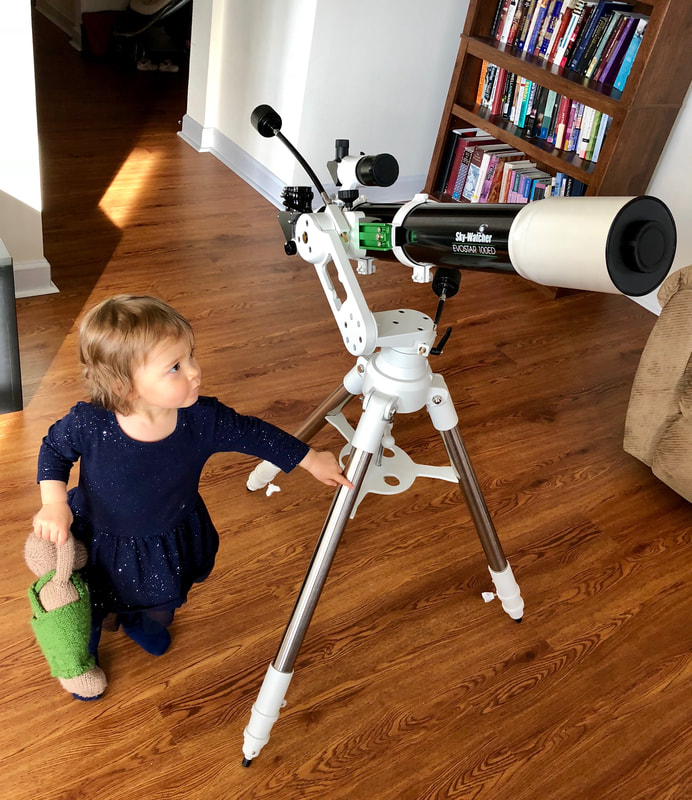
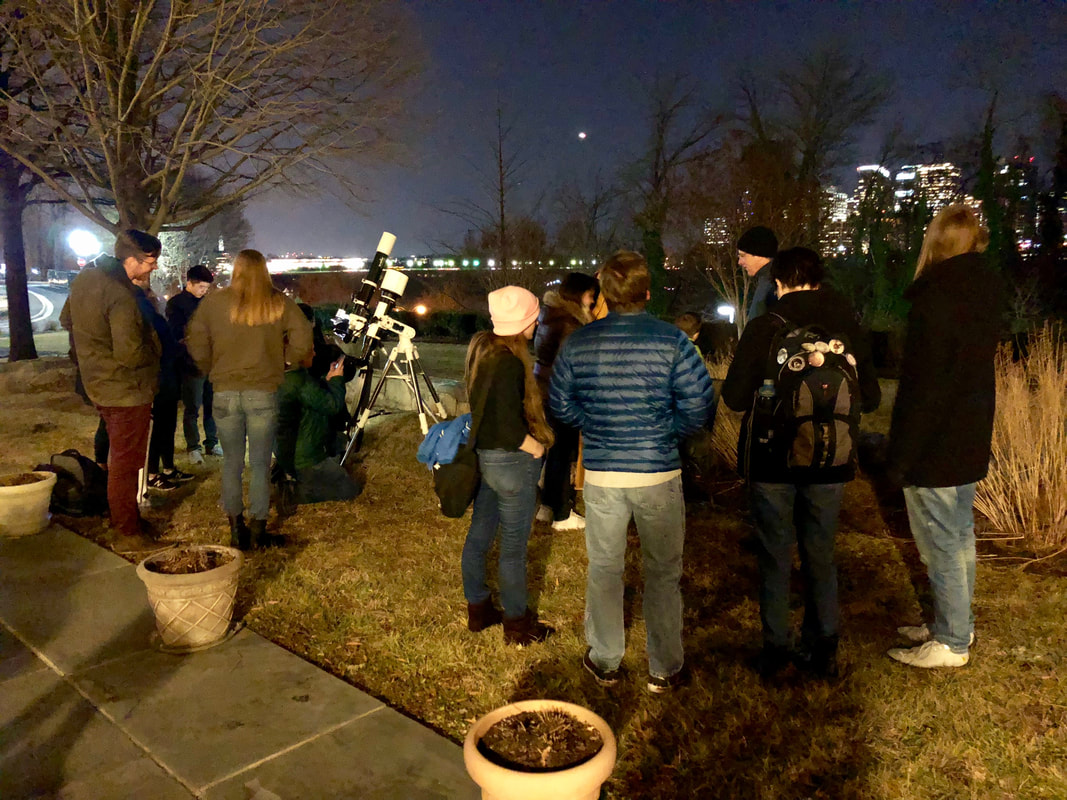
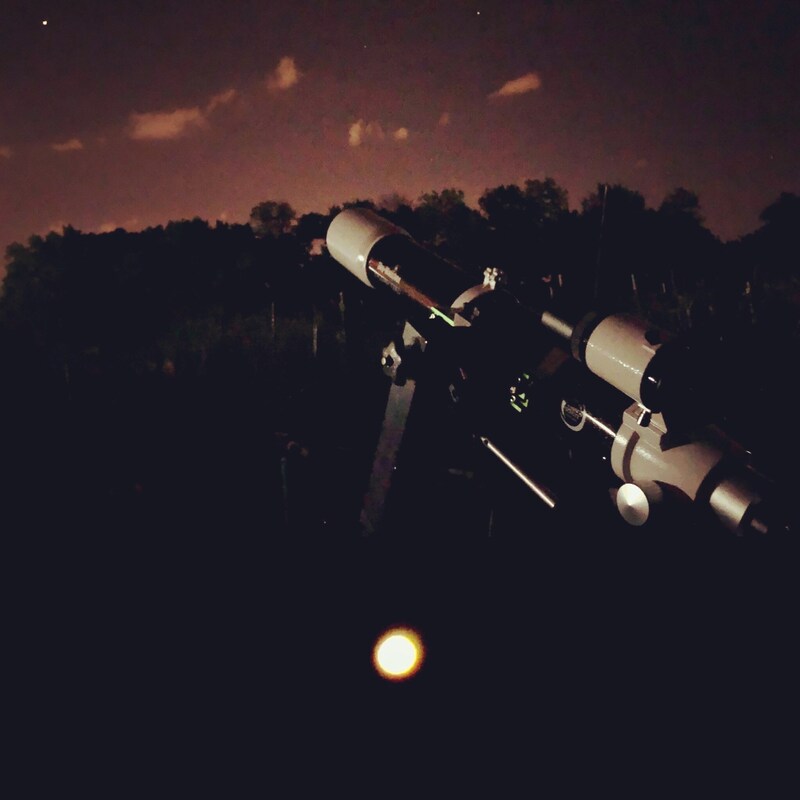
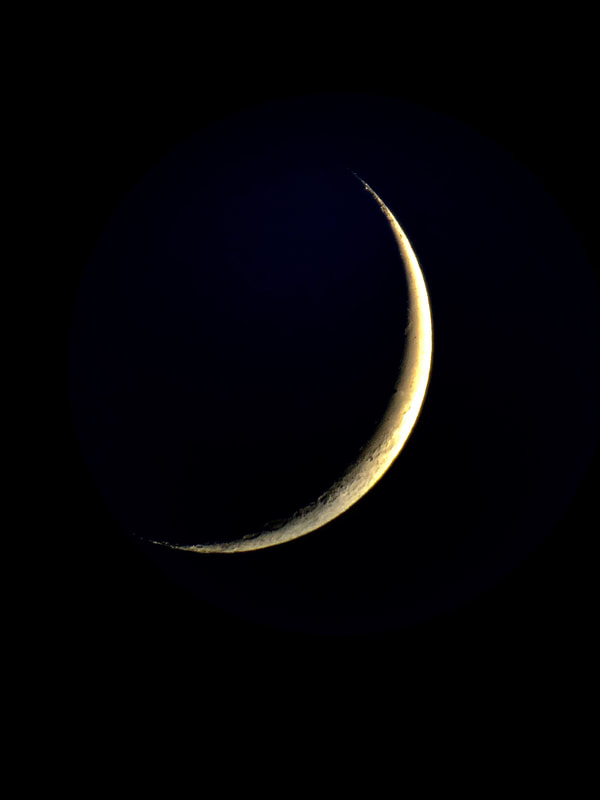
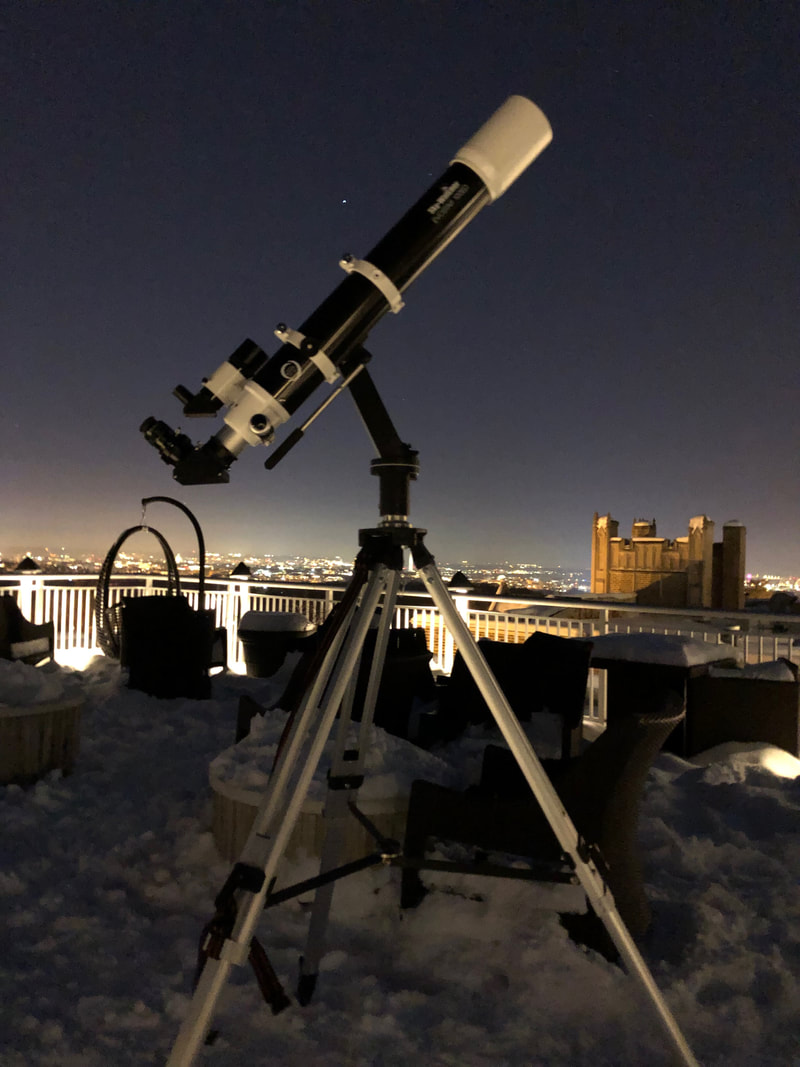
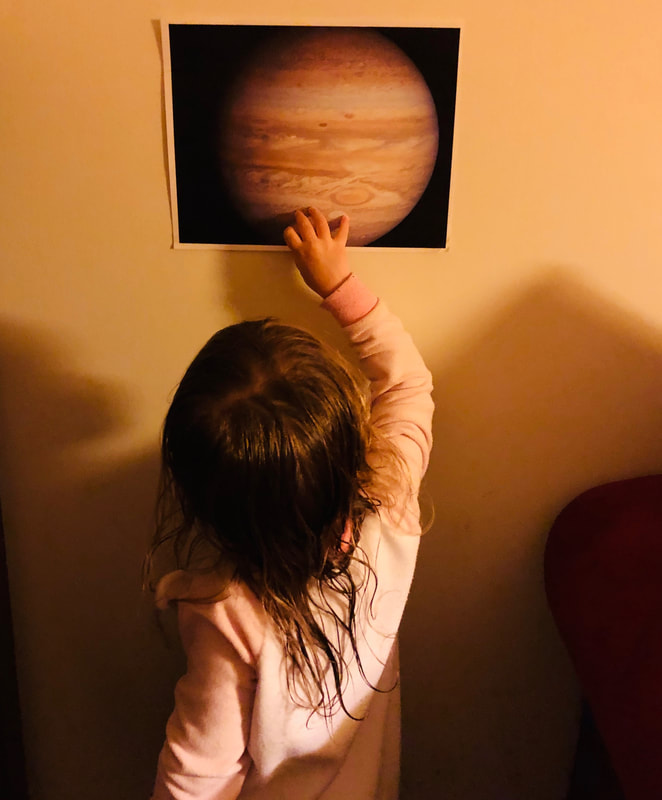
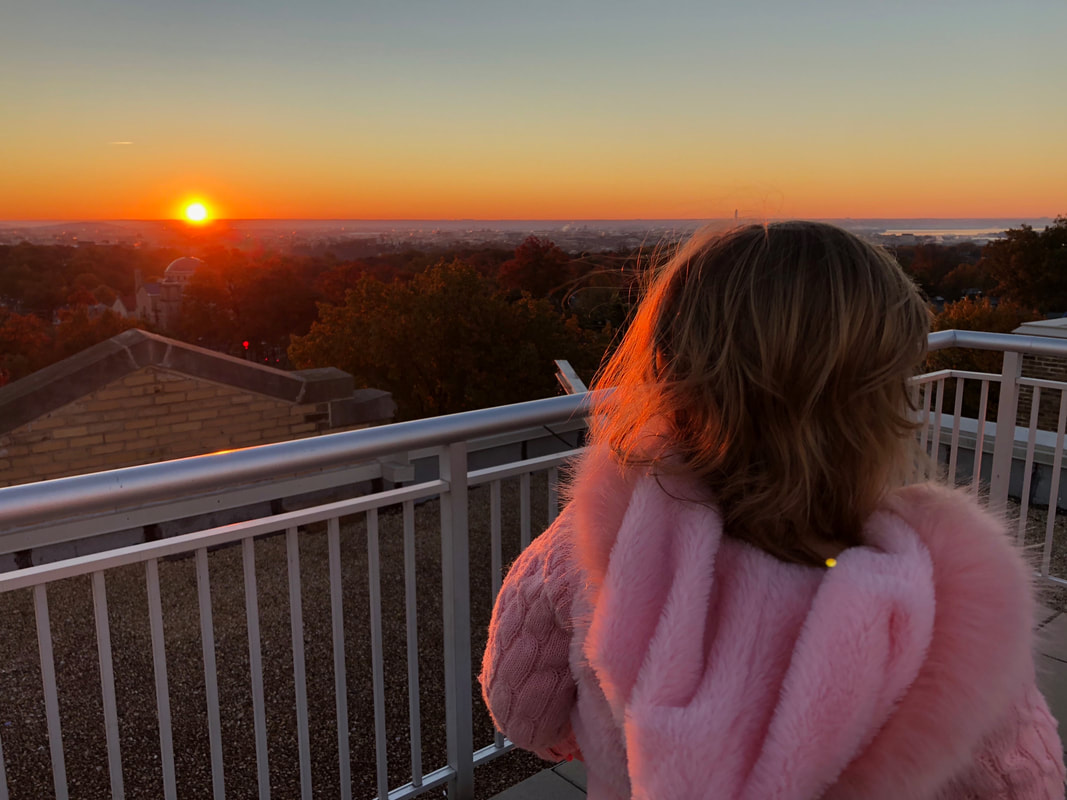

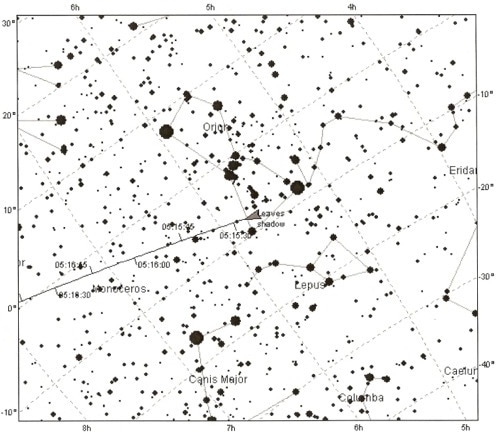
 RSS Feed
RSS Feed